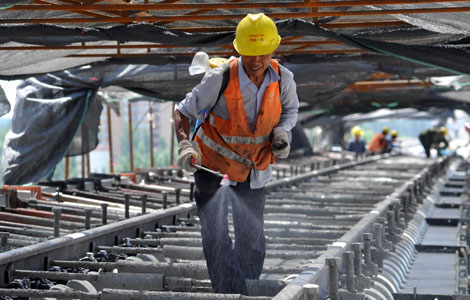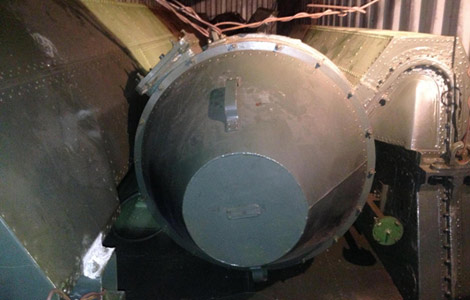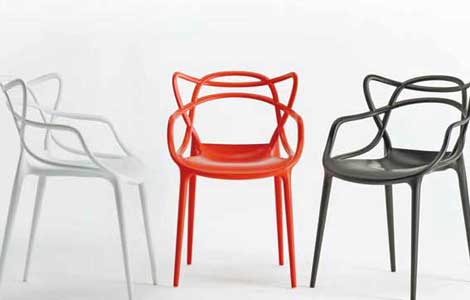China losing shoe orders to Southeast Asia
Updated: 2013-07-17 16:42
By Liu Xiaozhuo (chinadaily.com.cn)
|
||||||||
Chinese shoe manufacturers have lost 30 percent of orders to factories in Southeast Asia since 2008 due to the increase in manufacturing costs, according to the Asia Footwear Association (AFA).
Li Peng, secretary-general of AFA, said China's labor costs have increased rapidly after the financial crisis of 2008. The salary of Chinese shoemakers has gone up 3.5 times from 2003 to 2013.
With other costs rising, Chinese shoe factories have lost the price advantage. According to Li, half of workers in many factories in Dongguan, South China’s Guangdong province, have left the industry.
The high labor cost, which is almost twice that of Southeast Asia, is the biggest dilemma for Chinese shoemakers.
A person in charge of a manufacturer for Nike said that workers' monthly salary in the eastern coastal areas of China is about $500, and that of Indonesian workers is about $300. It is only $250 in Vietnam. Shoe factories can save $2,000-3,000 a year in labor costs per worker by transferring production lines to Southeast Asia.
According to the person, the majority of materials for shoe making in Southeast Asia is imported from China. The material is tax-free because of the set-up of China and ASEAN Free Trade Area.
Pou Chen Group, the largest athletic and casual footwear manufacturer in the world, is a manufacturer for major international brands such as Nike, Adidas, and Reebok. Pou Chen transferred parts of production from China to Indonesia and Vietnam last year, and in 2013 the company continues to adjust the distribution of its production capacity on the Chinese mainland, Indonesia and Vietnam to reach a balance.
Statistics released by Pou Chen show that it had 204 production lines on the Chinese mainland by the end of 2012, down from 255 at the end of 2011. Meanwhile, its production lines in Indonesia and Vietnam have been increased from 134 to 157 and 140 to 156, respectively.
Unlike shoe making giants like Pou Chen, small and medium-size shoe making enterprises do not have the ability to set up factories overseas. They are under more pressure from the higher labor costs and order loss. In recent years, a batch of shoe making firms in Dongguan and other cities on the Chinese mainland have closed.
Li Peng said that if Chinese shoe manufacturers do not pay attention to the situation of orders lost, most of the shoe factories in Chinese costal areas will be closed down or transferred in five to 10 years, which will have a huge impact on more than 19 million workers in the industry.
Most Viewed
Editor's Picks

|

|

|

|

|

|
Today's Top News
Cuba says seized DPRK ship carries weapons
Royals 'waiting by telephone' for Kate's baby
US attorney general questions gun law
China's US T-bill holdings hit record in May
iPhone death probed by Apple
Spring agency flourishes with travelers to US
Chinese textile industry aims for 'green'
GM's sales up 4% on strong US, China demand
US Weekly

|

|













